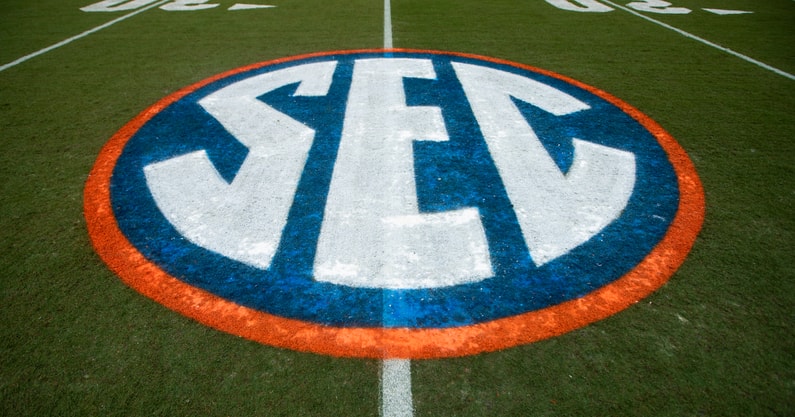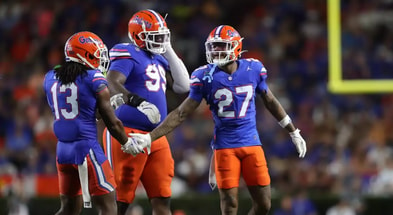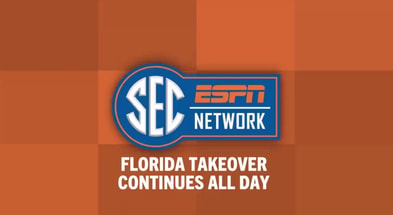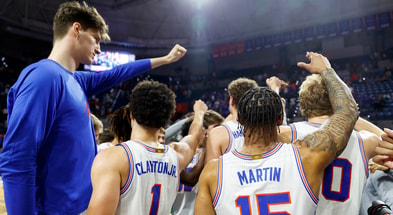Florida operating under normal revenue with SEC support, booster backing

The SEC announced its revenue for the 2020-21 fiscal year Thursday, dividing $777.8 million among its 14 member institutions.
Florida will receive slightly over $54.6 million along with each SEC program, excluding bowl money retained by participants. The average per-school distribution increased from $45.5 million in 2019-20.
Despite the COVID-19 pandemic, the league’s revenue for this past fiscal year increased by $120.1 million after generating $657.7 million in 2019-20.
The $54.6 million distributed to Florida and other SEC schools does not include the one-time stipend of $23 million each school received in May to mitigate revenue lost from the pandemic.
That support payment from the SEC helped reduce Florida’s revenue loss in the 2021 fiscal year from $59 million to $36 million, according to a financial report obtained Thursday by the Gainesville Sun.
The UAA reported revenue of $138.8 million in the 2021 fiscal year, down from $175 million in 2020. However, Florida’s $36 million revenue loss — already reduced by the SEC’s $23 million payment — will now be neutralized with the $54.6 million distributed in league revenue.
Top 10
- 1New
Top 25 College QBs
Ranking best '25 signal callers
- 2
Top 25 Defensive Lines
Ranking the best for 2025
- 3
Big Ten Football
Predicting 1st loss for each team
- 4Hot
College Football Playoff
Ranking Top 32 teams for 2025
- 5Trending
Tim Brando
Ranks Top 15 CFB teams for 2025
Get the Daily On3 Newsletter in your inbox every morning
By clicking "Subscribe to Newsletter", I agree to On3's Privacy Notice, Terms, and use of my personal information described therein.
With the combination of the SEC’s support, a strong balance sheet and the support of Florida’s fans and boosters, the UAA is back to operating under normal revenue for this current fiscal year, according to UF senior associate athletic director Steve McClain.
Sankey on revenue for Florida, SEC schools
The league’s total distribution of $777.8 million comprises revenue generated from television contracts, bowl games, the College Football Playoff, the SEC Championship Game, the SEC Men’s Basketball Tournament, NCAA Championships and a supplemental surplus distribution.
“The commitment of the SEC’s 14 universities to provide an impactful and lasting student-athlete experience is enhanced exponentially by the substantial revenue distributed through the Southeastern Conference,” SEC commissioner Greg Sankey said. “As a direct result of this distribution, SEC universities provide their student-athletes exceptional instruction, training, equipment, academic counseling, medical care, mental health and wellness support and life-skill development that is unmatched in intercollegiate athletics.
“SEC athletics programs often contribute in unique and significant ways to the academic missions of their universities as a result of athletics-generated revenues. Past examples of the impact of this revenue have included assistance in construction and renovation of academic facilities, financial support of academic scholarships, funding of academic programs and direct transfers of funds to support academic budgets.”
























